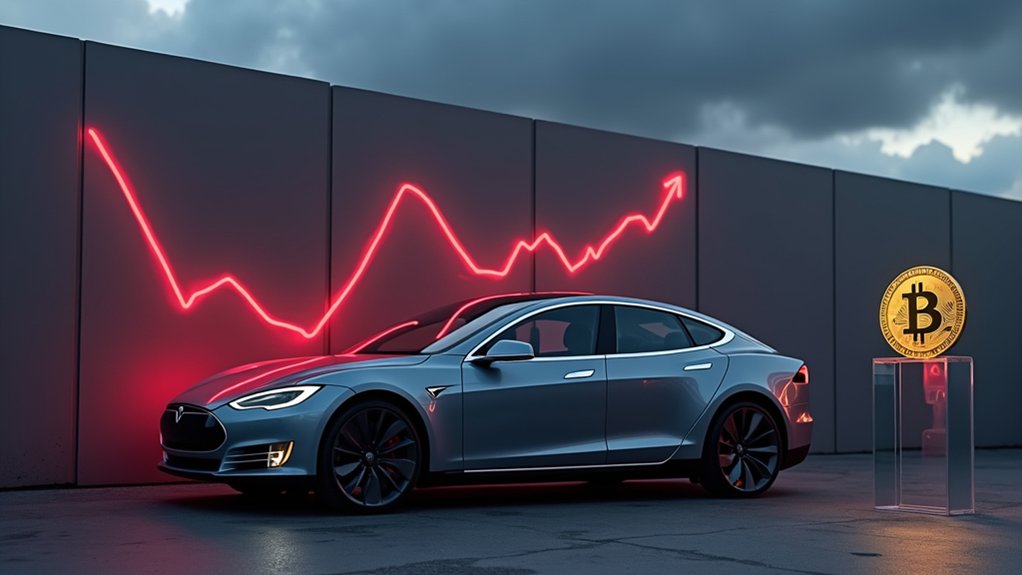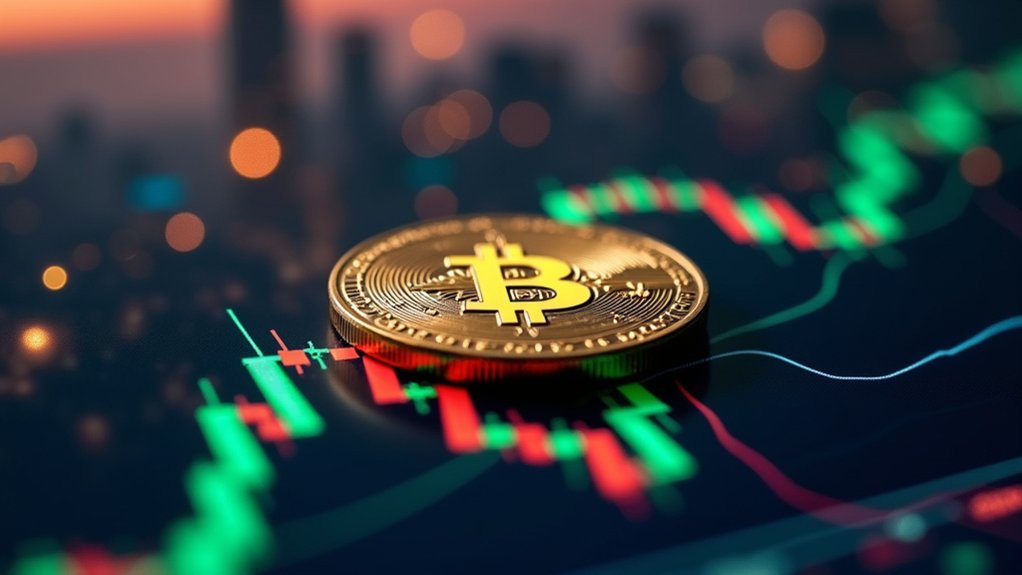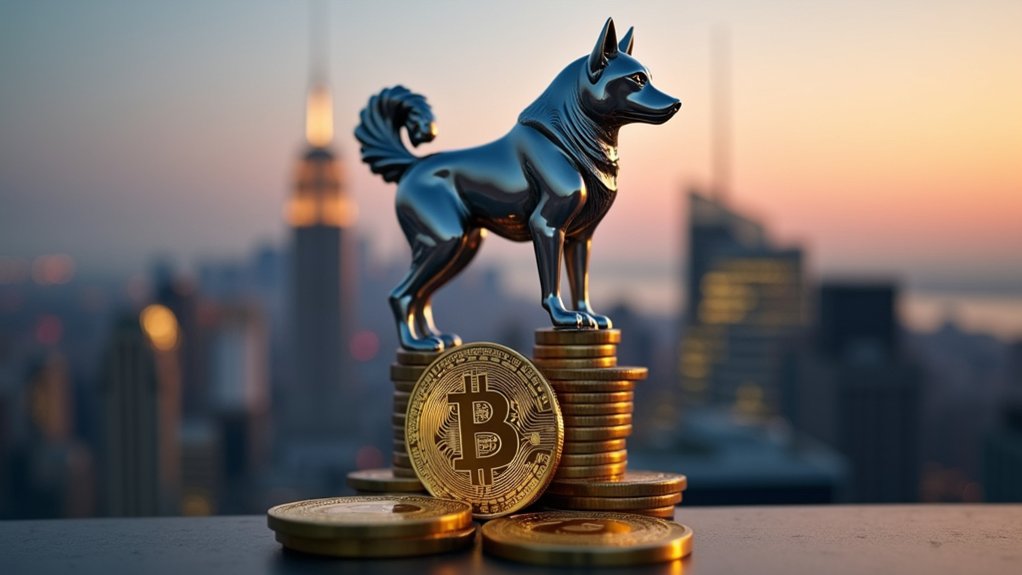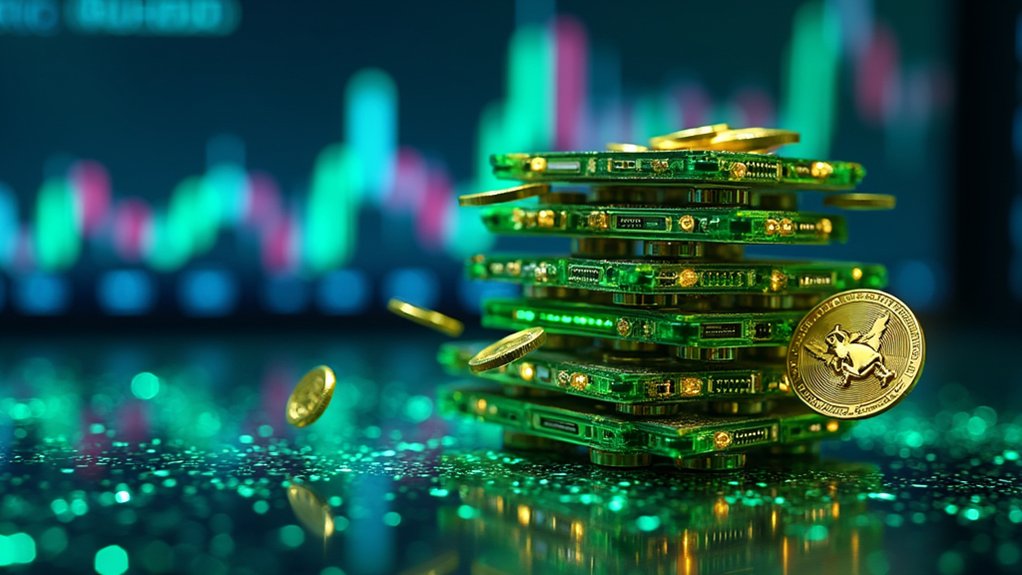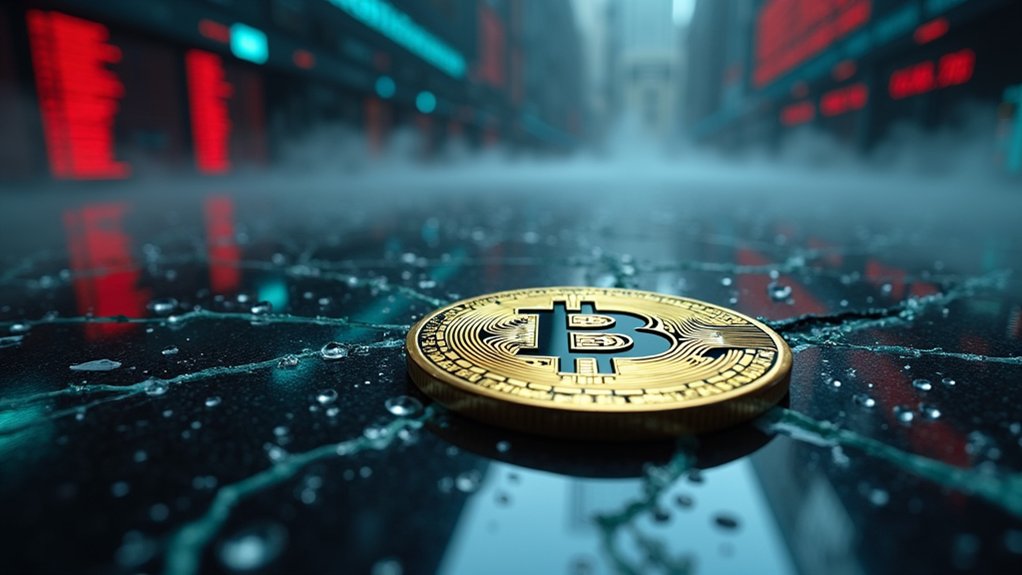Now, let’s unpack this. Tesla didn’t buy or sell a single Bitcoin in Q1, sticking to its stash like a kid clutching a favorite toy during a storm. This “HODL” stance—crypto slang for holding on for dear life—feels almost defiant. While automotive sales tanked 20% to $14 billion, hit by price cuts and weak deliveries, the Bitcoin pile sat untouched, a silent bet on the future. Sure, its value dipped $125 million due to a price slump, a paper loss under new accounting rules. But by April 23, with Bitcoin rebounding to the $93,000 range, that stash crept back over $1 billion. Imagine the bittersweet whiff of burnt circuits in Tesla’s boardroom—earnings hurt, yet this digital gamble flickers with hope.
Unlike traditional currencies that face unlimited printing, Bitcoin’s fixed supply cap makes it an attractive long-term investment for companies like Tesla. Why hold on, though? Some see Bitcoin as a hedge against inflation, a shiny shield in uncertain times. Others might scoff, calling it a volatile distraction from core business woes. Tesla, however, seems to view it as a strategic asset, a nod to decentralized finance’s wild potential. Since selling 75% of its peak 43,000 BTC in 2022 for $936 million in cash, it’s clung to this remainder. It’s a long-haul play, ignoring the crypto market’s rollercoaster dips and spikes. As of March 31, 2025, Tesla holds 11,509 BTC valued at $951 million, underscoring its commitment to this digital asset. Notably, Tesla ranks fourth among U.S. public companies with Bitcoin holdings.
